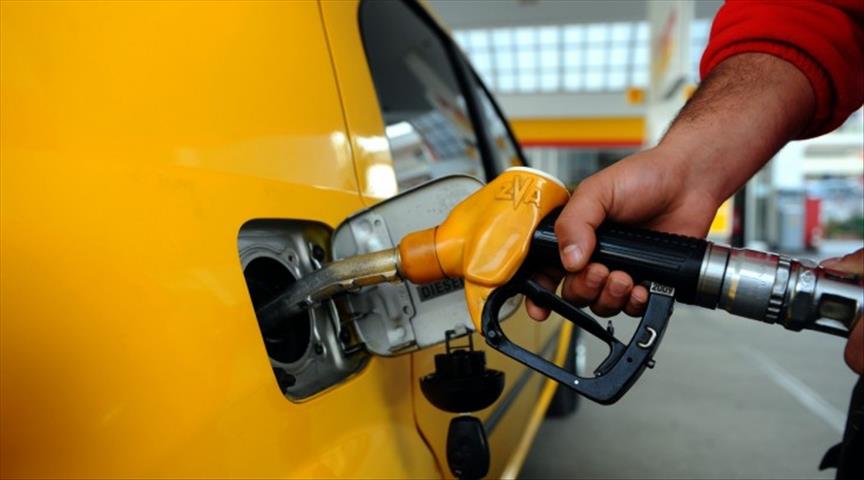Use of liquefied petroleum gas is likely to see a growth in the EU due to the EU carbon emission regulations, according to Environmental Science expert, Douglas Crawford-Brown
The use of LPG became a current issue for the energy sector after EU member countries agreed to cut carbon emissions of the 28 member countries by 40 percent by 2030. The deal was agreed during their meeting in Brussels on 24 October.
As the EU and global energy market leaders debate the effects of climate change and try to reduce carbon emissions, LPG can offer a solution, according to experts. Additionally, LPG is accessible in many countries worldwide.
'LPG benefits are over-stated by the industry but they certainly provide lower carbon dioxide per unit of energy than diesel and petrol when used in vehicles,' said Crawford-Brown, Professor Emeritus of Environmental Science and Policy, University of North Carolina.
'The challenge is that the benefits depend on where the LPG is produced and whether it is shipped internationally,' he added.
'If the decision (to cut carbon emissions) is confirmed, LPG will be more popular, meaning it potentially will be used more for energy supplies in EU markets,' said Sergio Andreis, director of the Kyoto Club in Rome - a climate think tank.
'The EU energy and climate 2030 package proposals agreed by the European Council last week are, in our opinion, unambitious and we hope the European Parliament and the new EC Commission will amend them, pushing for higher legally binding targets for 2030,' said Andreis.
LPG is a low-carbon alternative to conventional fossil fuels. Its combustion emits 33 percent less CO2 than coal and 15 percent less than heating oil, according to the French Agency for Environment and Energy Management.
By Murat Temizer
Anadolu Agency


